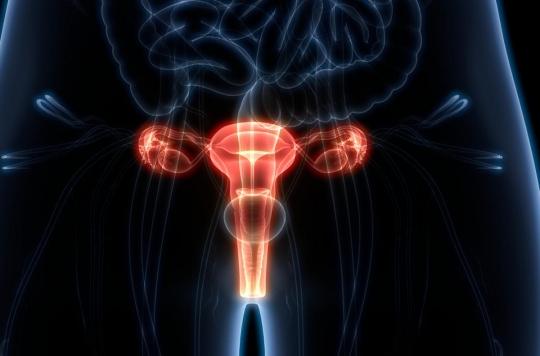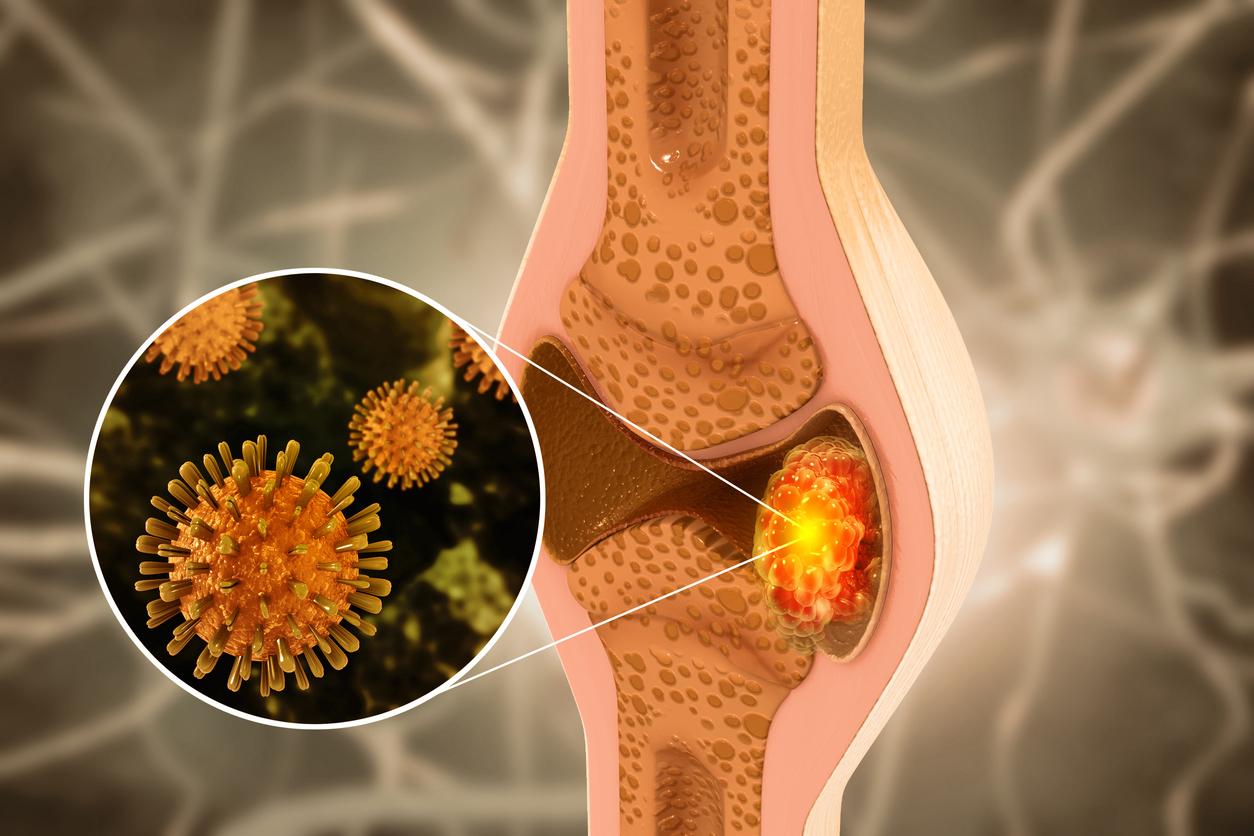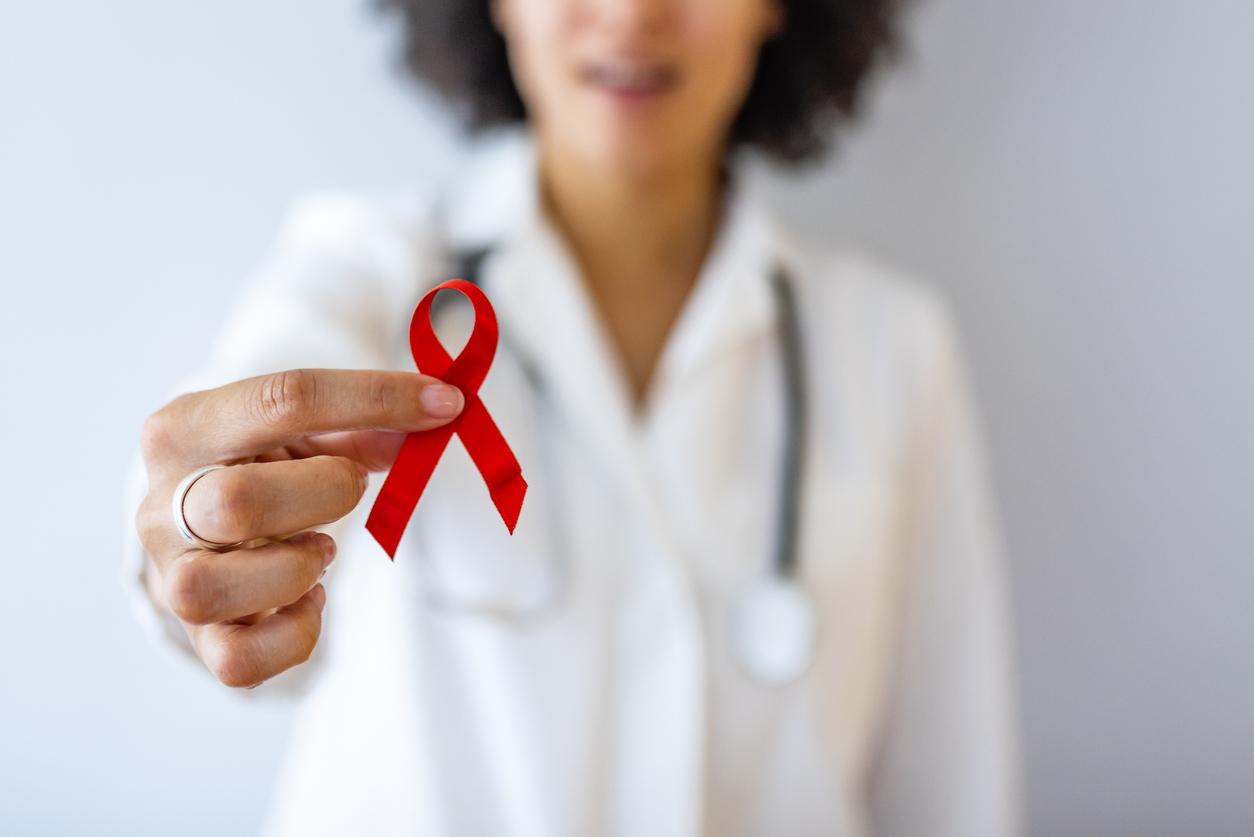World Ovarian Cancer Day on May 8 is an opportunity to shed light on this cancer diagnosed late in 75% of cases.

With 4,500 new cases per year, ovarian cancer is uncommon but unfortunately has a severe prognosis. Silent for a long time, it is diagnosed at stage III in 75% of cases, most often in postmenopausal women whose average age is 65 years.
As pointed out by the league against cancer“the frequency of this cancer has been decreasing since the 80s, no doubt thanks to the use of oral contraceptives which block ovulation, the main contributing factor”. Nevertheless, theand survival rate is just over 30% at 5 years: 3,400 women died of it in 2018. Yet, when diagnosed at stage I, patient survival after 5 years is 90%.
Signs that can alert
Symptoms appear gradually as the tumor grows, which is why early diagnosis is so hard. Nevertheless, knowing the symptoms that can alert is essential, even if these can initially be associated with another pathology:
– digestive disorders and bloating, loss of appetite, stomach pain, intestinal disorders (diarrhoea, constipation, etc.);
– tension in the breasts, vaginal discharge outside of menstruation or after menopause, bleeding, disturbance of menstruation, various gynecological problems;
– disturbances related to the location of the tumour: urinary leakage, pelvic pain, increase in the volume of the abdomen, feeling of heaviness or discomfort in the abdomen;
– unusual and persistent fatigue, weight loss, back pain, phlebitis.
Risk factors
About 10% to 15% of women with ovarian cancer have a genetic predisposition: “One ovarian or breast cancer in a mother, grandmother, aunt or sister. Indeed, this mutation is transmitted to children (one in two risks being affected).”
Age can also be a risk factor, as well as early menstruation (before age 12) or late menopause (after age 52). Also at risk are women who are infertile, who have had recourse to in vitro fertilization (IVF), who have endometriosis or who have an endometriotic cyst. The frequent use of talc on the genitals during childhood is also singled out.
The clinical examination
“Examinations are most often undertaken when symptoms begin to be significant; in this case, the tumor has usually already reached an advanced stage of evolution”explains the ARC Foundation for cancer research. The doctor already performs a general examination including taking blood pressure, palpation of the abdomen and lymph nodes, a breast examination, a digital rectal examination and a gynecological examination.
If he identifies a lump in the lower abdomen, at the level of the ovaries, he prescribes additional examinations, in particular an ultrasound performed endovaginally. This means that a probe is introduced into the vagina to visualize a possible cyst in one or more ovaries.
“The doctor assesses its size, shape, content (solid or liquid). These elements allow him to determine whether it is a benign cyst – not serious – or a malignant cyst (cancer)”. If the doctor struggles to specify the nature of the cyst, an MRI will be recommended. A biological assessment as well as a biopsy can also complete the examinations.
When the diagnosis of cancer is made, the doctor carries out the extension assessment in order to know the progress of the disease, its possible spread to other organs and finally, to propose an appropriate treatment.

.

















